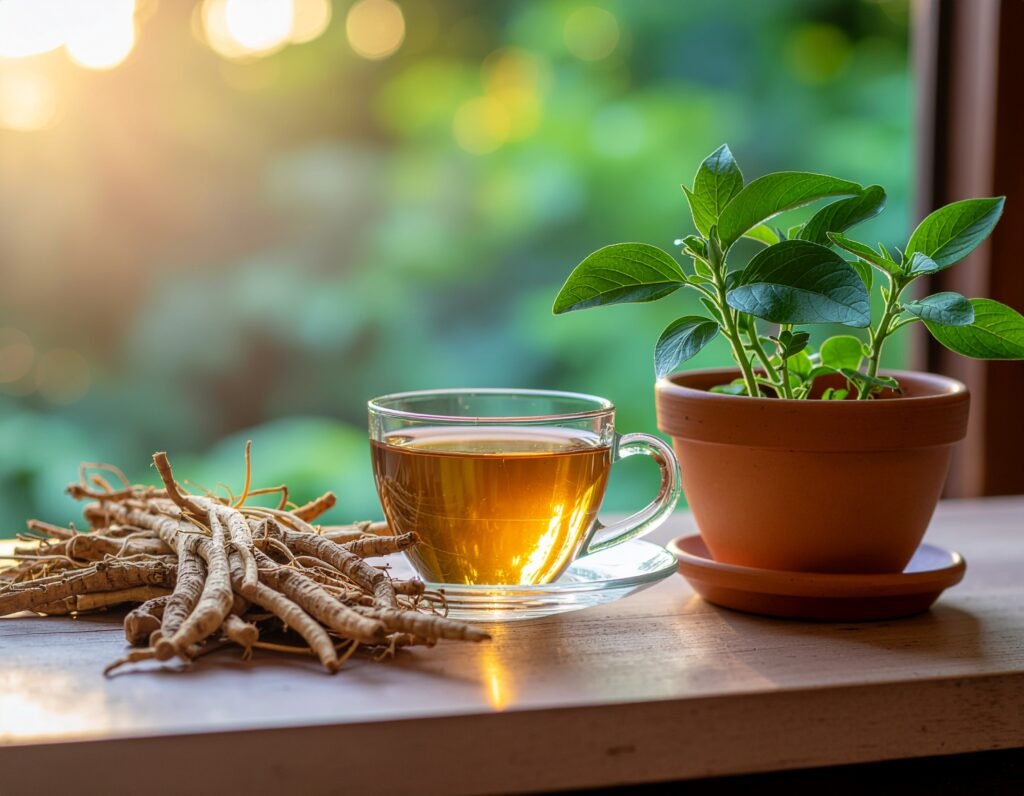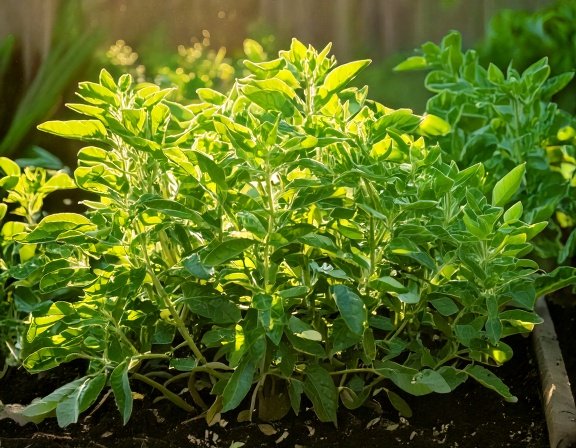Ashwagandha Root: How to Grow & Use Nature’s Stress Buster for Calm and Anxiety Relief

WOMEN’S METABOLISM & HORMONE HELPER (PDF)
14-day herbs and foods map—navigate hormone balance and boost your energy, naturally!
Download Free Guide
Why Ashwagandha? The Ancient Calm Herb
Ashwagandha root is an ancient Ayurvedic herb renowned for naturally combating stress, easing anxiety, and promoting restful sleep. In this guide, discover how easy it is to cultivate Ashwagandha at home, harvest roots properly, and integrate this powerful herb into your wellness routine to achieve natural tranquility and balance.

Growing Ashwagandha at Home: Simpler Than You Think
Growing Ashwagandha at home is surprisingly simple and deeply rewarding. This hardy, drought-tolerant herb thrives in warm, sunny conditions and doesn’t need rich soil or constant care. With just a few seeds, well-draining soil, and steady sunlight, you can cultivate your own supply of one of nature’s most trusted stress-relief roots. In this section, you’ll learn how to plant, water, and nurture Ashwagandha step by step—so you can enjoy the satisfaction of growing your own adaptogenic medicine right in your backyard or balcony garden.
Sun & Soil: Ashwagandha prefers full sun, warm temperatures, and sandy, well-draining soil. Ideal for containers or garden beds, this drought-tolerant herb thrives with minimal care, rewarding you with powerful medicinal roots.

How to Harvest Ashwagandha Roots for Potency
Harvest Ashwagandha roots after 5–7 months, ideally in the fall. Carefully uproot plants, gently remove soil, rinse roots thoroughly, then dry them to preserve their stress-relieving properties.
Harvesting Ashwagandha roots at the right time is key to preserving their full strength and healing potential. The roots are typically ready after 150–180 days, once the plant’s leaves begin to yellow and die back—a clear sign that energy has returned to the root. Gently loosen the soil around the base and lift the plant carefully to avoid breaking the roots. Shake off excess soil and rinse them well, trimming away fine side roots if needed.
To maximize potency, dry the roots in a shaded, well-ventilated area rather than direct sunlight, which can degrade their active compounds. Once fully dried and brittle, they can be ground into powder for teas, tonics, or capsules. Proper curing and storage in an airtight glass jar help maintain their signature earthy aroma and adaptogenic power for months. With mindful harvesting, your homegrown Ashwagandha can become a powerful foundation for natural calm, energy, and resilience.

Simple Ways to Use Ashwagandha for Calm
Finding calm doesn’t have to be complicated—Ashwagandha makes it simple. This gentle adaptogen can be blended into warm milk before bed, added to smoothies, or taken in capsule form to help steady your mood and ease tension. In this section, we’ll explore easy, everyday ways to use Ashwagandha for natural calm, without disrupting your routine or causing drowsiness.
-
Easy Ashwagandha Tea Recipe:
- Boil 1 teaspoon dried Ashwagandha root powder per cup of water.
- Simmer gently for 10–15 minutes.
- Strain and sweeten lightly with honey, if desired.
- Drink 30–60 minutes before bedtime or during stressful times.
Active Compound:

The name “Ashwagandha” translates to “smell of the horse” in Sanskrit, referring to both the herb’s unique smell and the strength and vitality it provides.
NeuroPrime: Advanced Nootropic for Clarity & Motivation
- Supports mental clarity, drive, and balanced mood
- Helps reduce mental fatigue and brain fog for busy minds
- Formulated to enhance neurotransmitter function and focus